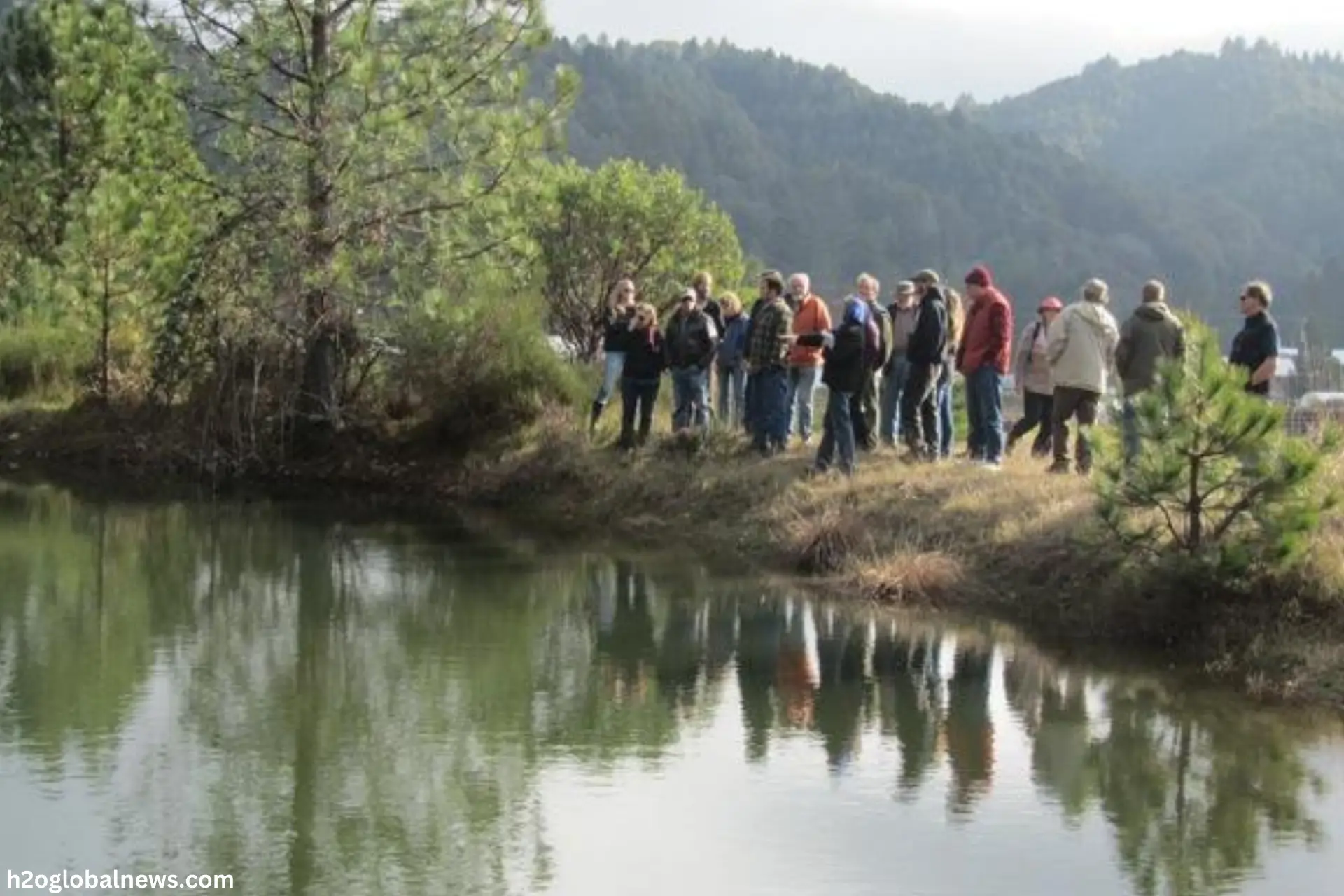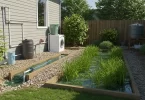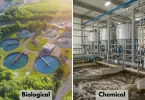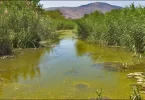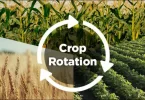Water pollution is a growing crisis, but the good news is that we can all be part of the solution. From plastic waste choking our oceans to harmful chemicals leaking into rivers, our water is under threat. But what if small, everyday actions could help turn things around?
By making simple changes; reducing plastic use, supporting water-friendly policies, and pushing for cleaner technologies, we can protect our most valuable resource. The challenge is big, but so are the solutions. This guide will show you practical, impactful ways to fight water pollution and safeguard clean water for generations to come. The time to act is now!
Understanding the Main Causes of Water Pollution
Industrial Pollution
Industrial waste contributes significantly to water pollution. Manufacturing and mining processes often discharge untreated harmful chemicals, metals, and other pollutants into waterways.
Heavy metals like lead, mercury, and cadmium are toxic even in small amounts and accumulate over time, impacting entire food chains. Petroleum products including oil and gasoline contain hydrocarbons that are dangerous contaminants. Acids, alkalis, and chemical solvents used in industrial processes alter water’s pH balance and deplete oxygen levels.
Regulating and reducing industrial pollution requires policy changes, emerging technologies, and public support. Enforcing laws on discharge limits, proper treatment of waste, mandatory environmental impact assessments and offering incentives or tax benefits for adopting sustainable practices can all help curb pollution levels over time. Investing in new technologies like membrane filtration, bioremediation, and renewable energy can minimise waste and reduce pollution in an eco-friendly manner.
With coordinated global action, industrial water pollution can be mitigated through regulatory, technology-based and voluntary initiatives. Protecting our water resources is protecting our planet and all its inhabitants. Together, we can make a difference.
Agricultural Runoff
Agricultural runoff from animal waste, fertilisers, and pesticides is another major cause of industrial water pollution. Nutrients like nitrogen and phosphorus over-stimulate the growth of algae which harms water quality and aquatic ecosystems. Bacteria and pathogens from animal waste threaten public health.
Excessive use of fertilizers and pesticides in agriculture leads to the contamination of nearby water sources through runoff. The accumulation of these chemicals in water bodies not only harms aquatic life but also impacts the broader ecosystem by reducing biodiversity. Pesticides, for example, can harm fish populations and disrupt reproductive cycles, while fertilizers contribute to eutrophication, which depletes oxygen in water and causes fish kills. Additionally, these chemicals can infiltrate drinking water supplies, posing significant risks to human health, including the development of cancers and other chronic diseases.
Plastic Pollution
Plastic waste is a pervasive pollutant that affects water bodies around the world. Plastics are not biodegradable, and their accumulation in rivers, lakes, and oceans harms aquatic life. Marine animals often mistake plastic items for food, leading to ingestion that can result in injury or death. Microplastics, which are tiny plastic particles, have become widespread in water sources, further disrupting ecosystems.
Reducing Industrial Wastewater, Agricultural Runoff, and Plastic Pollution
Reducing pollution from industrial and agricultural sources is crucial to improving water quality. There are several effective solutions to water pollution:
Regulating Industrial Wastewater Treatment
Industries should be required to properly treat wastewater before discharging it causing industrial water pollution. We need to set clear limits on the amounts of chemicals, heavy metals, and other pollutants that can be released through regulations. Fines and legal consequences for violations would help enforce these policies. Upgrading infrastructure and treatment technology may be expensive initially but will pay off in the long run.
Responsible Agricultural Practices
Agriculture is a major contributor to water pollution through runoff of fertilisers, pesticides, soil, and animal waste. To avoid water pollution, farmers should implement sustainable practices like precision chemical application, buffer strips along waterways, and conservation tillage. Government programs can offer incentives and subsidies to help farmers transition to responsible practices that are also cost-effective.
Limiting Plastic Pollution
Plastic waste clogs waterways and releases toxic chemicals as it breaks down. Legislating against single-use plastics, improving recycling programs, and encouraging innovation in biodegradable materials are steps toward reducing this form of pollution. Public education campaigns can also help change behaviours by highlighting the impacts of plastics on water quality and wildlife.
Solutions to curb pollution from these sources can be successful with a coordinated effort across governments, industries, agriculture, and individuals. Cleaner water will benefit communities, economies, and the environment for future generations. By each doing our part, we can make a difference.
Possible Solutions for Water Pollution by Wastewater Technology
To effectively treat wastewater, municipalities and private landowners should implement advanced treatment processes beyond primary treatment. Secondary treatment using biological processes can remove up to 90% of organic pollutants and suspended solids.
Activated Sludge Process
The activated sludge process is a type of secondary treatment that utilises microorganisms to break down organic matter in wastewater. In an aeration tank, air is pumped in to provide oxygen for the microbes. The microbes consume the organic waste and convert it to carbon dioxide, water, and other byproducts. The treated wastewater then flows to a secondary clarifier where the microbes settle out as activated sludge. Some of the sludge is pumped back to the aeration tank to maintain the microbial population.
Tertiary Treatment
Tertiary treatment can be added to higher-quality effluent. Tertiary treatment, also known as advanced treatment, can remove up to 99% of impurities from wastewater through chemical and physical processes like filtration, nutrient removal, and disinfection. Methods such as sand filters, lagoons, and constructed wetlands provide natural treatment with plants and microbes removing pollutants. Ultraviolet light or ozone can also disinfect and remove pathogens before the water is discharged or reused.
Reusing treated wastewater, known as water recycling, should be maximised. Recycled water can be used for irrigation, industrial processes, recharging groundwater aquifers, and other non-potable uses. Water recycling reduces the demand for freshwater supplies and minimises the amount of wastewater discharged into natural water bodies.
Following these best practices for wastewater treatment and maximising water reuse can significantly reduce pollution in lakes, rivers, oceans, and the environment as a whole. Government regulations and incentives should encourage municipalities and companies to upgrade infrastructure and adopt advanced treatment technologies and water recycling programs whenever feasible. Collectively, these solutions can help resolve water pollution issues and ensure clean and plentiful water resources for future generations.
Educating the Public and Promoting Conservation
Educating the public about water pollution issues and promoting conservation efforts are two of the most effective solutions. By raising awareness of the harms of water pollution and teaching people simple actions they can take, we can all work together to create change.
Spread Knowledge About the Causes and Effects of Water Pollution
Informing people about the types, sources, and impacts of water pollution is key. Many do not realise that things like chemical runoff from lawns, plastic pollution, pharmaceutical waste, and motor oil disposal all contribute to the problem. Educate others on how these pollutants poison aquatic animals, contaminate drinking water, and enter the food chain.
Promote Simple Conservation Tactics
There are many straightforward ways individuals can reduce water pollution in their daily lives. Encourage people to properly dispose of hazardous waste, limit use of pesticides and fertilisers which runoff into waterways, and pick up litter. Promote waste reduction by reusing bags, containers and cutlery and recycling as much as possible.
Influence Policy and Regulation Changes
Lobby government officials and policymakers to pass laws restricting the use of plastic and enforcing proper waste disposal. Support politicians championing environmental regulations and conservation. Put pressure on companies and manufacturers to develop sustainable and eco-friendly practices. Grassroots campaigns and petitions can lead to real legislative and industrial changes.
By working together to spread information, change behaviors, and influence policy, we can find solutions to alleviate water pollution and protect our natural resources for generations to come. Collective action is key – one small change can have a ripple effect, creating a wave of positive impact. Through cooperation and education, effective solutions are within our reach.
Enforcing Stronger Environmental Regulations
To effectively curb water pollution, we need stronger regulations and enforcement of environmental policies.
Stricter Regulation of Industrial and Agricultural Pollutants
Industrial and agricultural operations are major contributors to water pollution. Regulating the amount of pollutants like chemicals, pesticides, fertilisers, and waste they can discharge into waterways can help mitigate pollution. Laws should limit the types and amounts of pollutants that can enter public water systems from these sources. Regular monitoring and heavy penalties for violations are also necessary to enforce compliance.
Preservation of Wetlands and Riparian Zones
Wetlands and areas along riverbanks, known as riparian zones, naturally filter pollutants from water. However, many have been destroyed due to human activity. Protecting and restoring remaining wetlands and riparian zones through conservation efforts will help improve water quality. Laws should prevent development in these ecologically sensitive areas.
Upgrade of Water Treatment Infrastructure
Most wastewater treatment facilities do not have the necessary equipment and are outdated to effectively handle the current volume of wastewater production. By upgrading infrastructure to utilize advanced treatment technologies, we can remove harmful pollutants before discharging water back into the environment. Although expensive, the investment in improved water treatment is worthwhile to safeguard public health and the environment.
Ban of Microbeads
Microbeads, tiny plastic particles found in cosmetics and cleaning products, pollute waterways and are hazardous to aquatic life. Banning the use of microbeads in consumer goods can curb this form of water pollution. Several countries and US states have already outlawed them, with more likely to follow. Eliminating single-use plastics altogether further helps tackle microplastic pollution.
Stronger enforcement of environmental regulations, especially regarding industrial and agricultural pollutants, along with preserving wetlands, upgrading water treatment infrastructure, and banning microbeads can significantly reduce water pollution if implemented. With political will and action, cleaner water and a healthier environment are within our reach.
Conclusion
As you have seen, we can implement many effective solutions to curb water pollution and safeguard our most precious natural resource for future generations. While it may seem like an insurmountable challenge, by coming together as communities and embracing even small changes, we have the power to enact real and meaningful change. Reducing water usage, decreasing waste and pollution, and conserving natural habitats are actions everyone can take to make a difference.
Though the road ahead is long, the rewards of clean, safe water for all are well worth the effort. By raising awareness and advocating for stronger environmental policies and new technologies, a sustainable future for our water supply is within our grasp if we have the will to change. The solutions are here – now it is up to each of us to make them a reality. Our lives, and the lives of generations to come, depend on the actions we take today.
FAQs
1. What can individuals do to reduce water pollution?
Individuals can reduce water pollution by practicing conservation, limiting harmful chemicals, properly disposing of waste, and supporting policies that promote sustainable practices and environmental protection.
2. What role does education play in reducing water pollution?
Educating the public about water pollution helps raise awareness of its causes and effects. Individuals can make a positive impact by promoting simple actions such as proper waste disposal, reducing pesticide use, and conserving water.
3. How does agricultural runoff affect drinking water?
Agricultural runoff can contaminate drinking water supplies with harmful chemicals like nitrates, pesticides, and pathogens. This contamination can pose serious health risks, including cancer and developmental issues.










